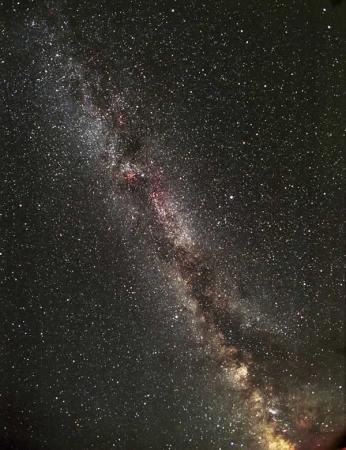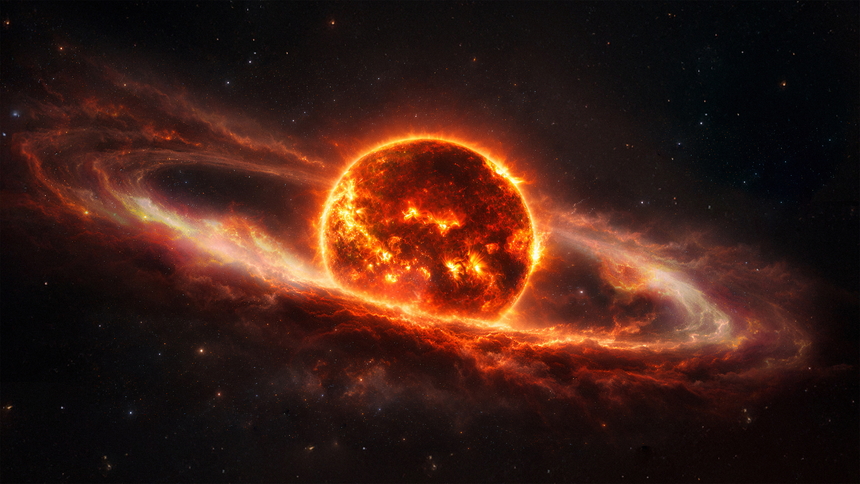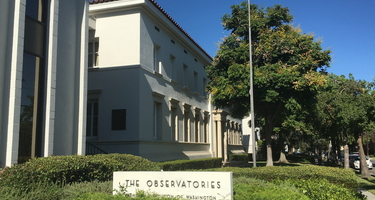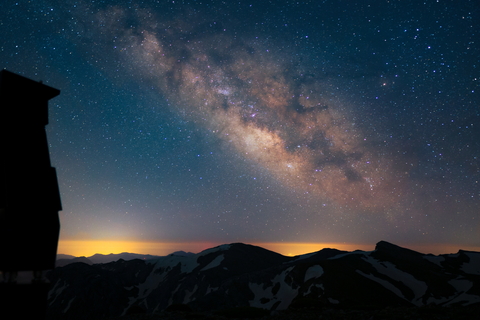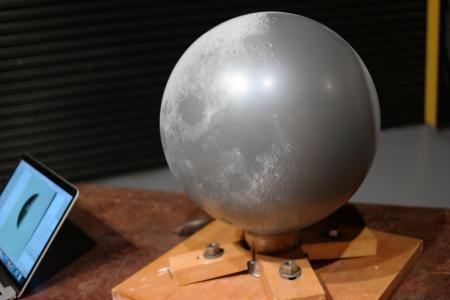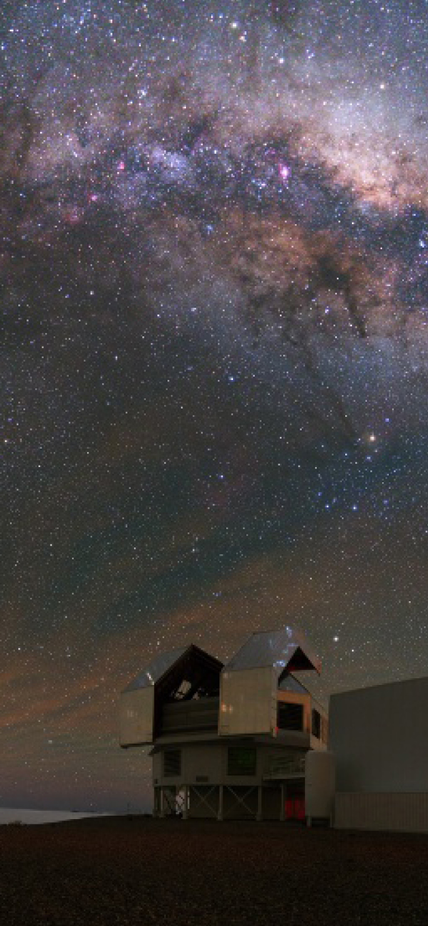
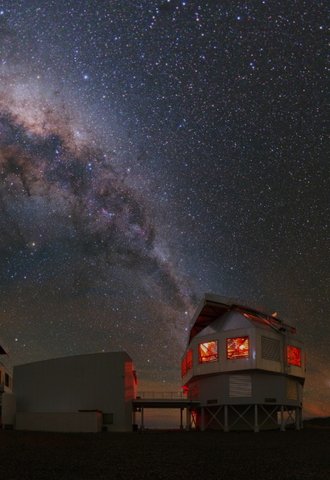
Observatories
From the revelation of the universe’s expansion to the discovery of dark energy, Carnegie Observatories researchers have transformed humankind’s understanding of the cosmos. The groundbreaking work continues today at our world-famous Las Campanas Observatory in Chile.
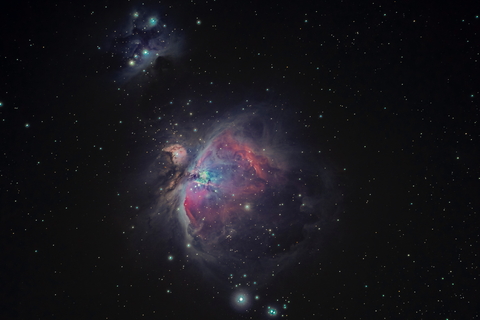
We deploy various tools and techniques to reveal the physics that shaped the universe.
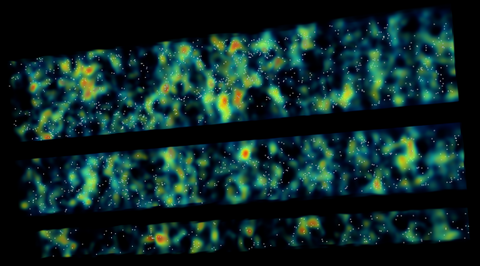
We use cutting-edge instruments to probe the intense star formation that happened at Cosmic Noon.
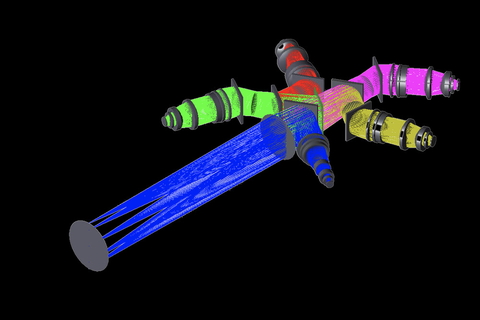
We have more than a century of experience designing and building ground-breaking instrumentation for our telescopes.
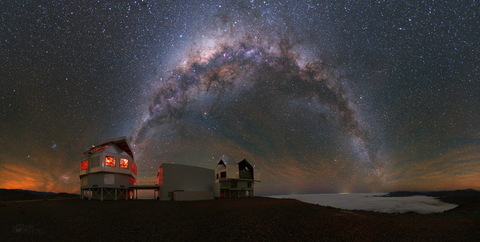
The Milky Way is an excellent laboratory for understanding the forces that shape galaxies.
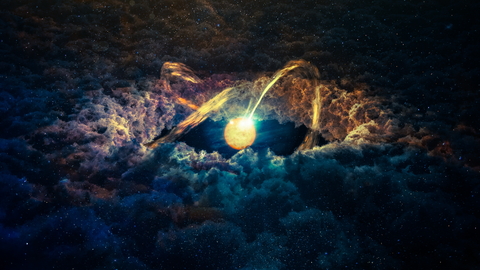
Piecing together the processes that shape a planetary system's formation and early evolution.
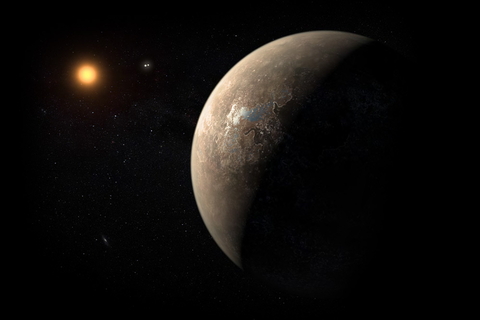
From discoveries in our Solar System to exploring distant worlds.
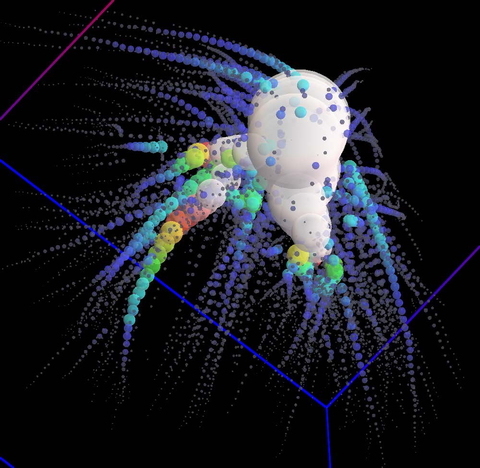
Theory guides insight into the physical nature of the universe.
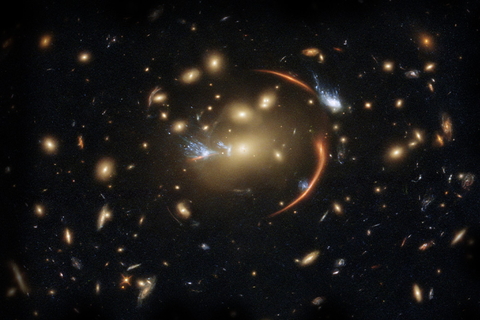
We played central role in of two of the most important astrophysical events of the last 200 years. Carnegie astronomers continue to study transient events, including supernovae, tidal disruption events, and gamma-ray bursts.
Events
Featured Staff Member

Explore
Recent News
News
Stay connected
Find Carnegie Science on social media.
Get the latest
Subscribe to our newsletters.
